If you are a parent, you have most likely smiled more than once while thinking about how your child views the world. Whether it’s looking up at a cloud and seeing an elephant, laughing because they hear Santa Claus on the roof, or crying because they see a monster under the bed, kids definitely live in a different world than adults.
And, who’s to say they are wrong? There are many days when I want to regress to that world, and to live that life of innocence and simplicity again. It’s a world where nothing is right or wrong, it just is. Up until now, I’ve always thought it is the vivid imagination of children that allows them to perceive things differently, but it turns out, there is more to it than that.
According to a study on New Science by Dr. Jim Stone at the University of Sheffield, UK, children really do see things differently. Apparently children do not see objects in a fully grown-up way until they are about 13 years old. There are many things that are learned about how we interpret what we see visually. You can read more about this study on New Scientist.
Jeff Wysaski knows all about how kids view things differently than adults. His adult vs. kid comparisons on pleated-jeans really made me laugh. It’s amazing how seeing pictures like this can bring back so many memories. If you would like to see the whole collection, go to What We See vs. What Kids See. Suddenly I have the urge to go jump on the bed.
Header Image Credit: [GLUE STOCK / Shutterstock]

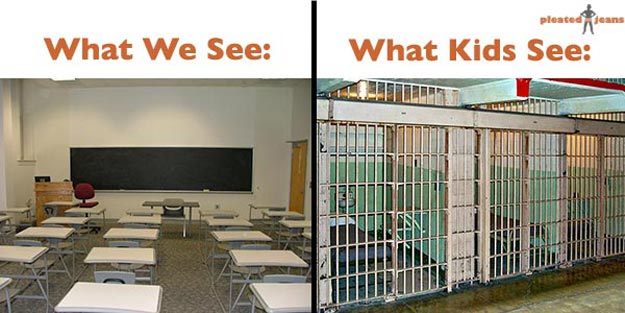
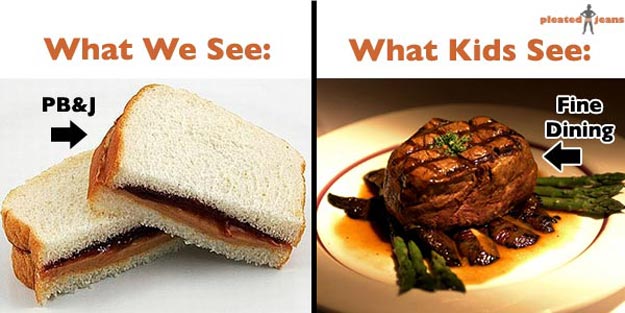
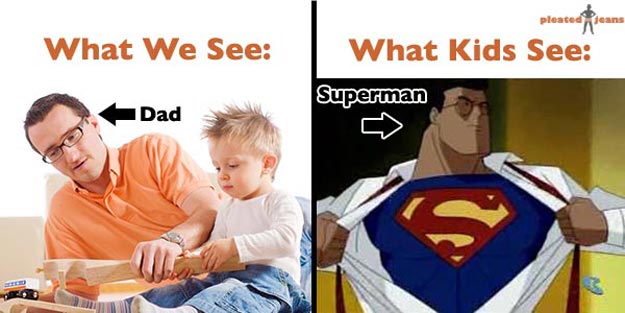
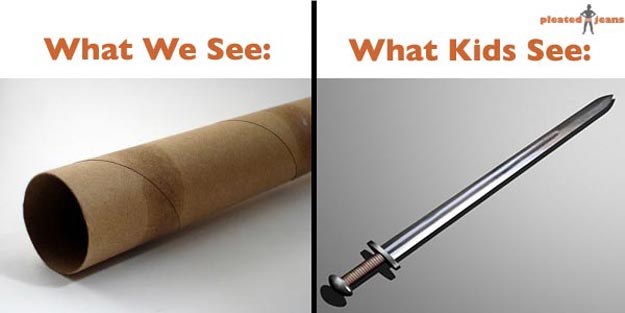
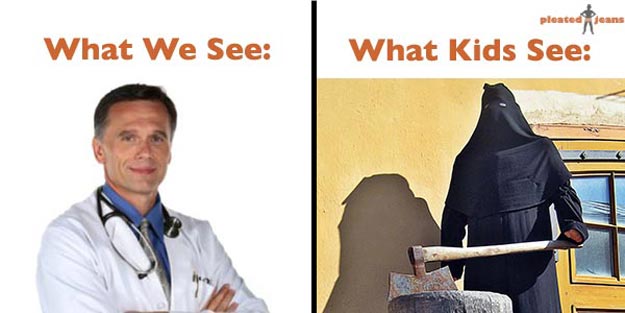
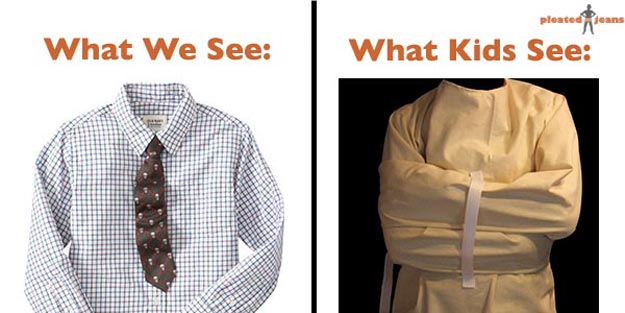
COMMENTS